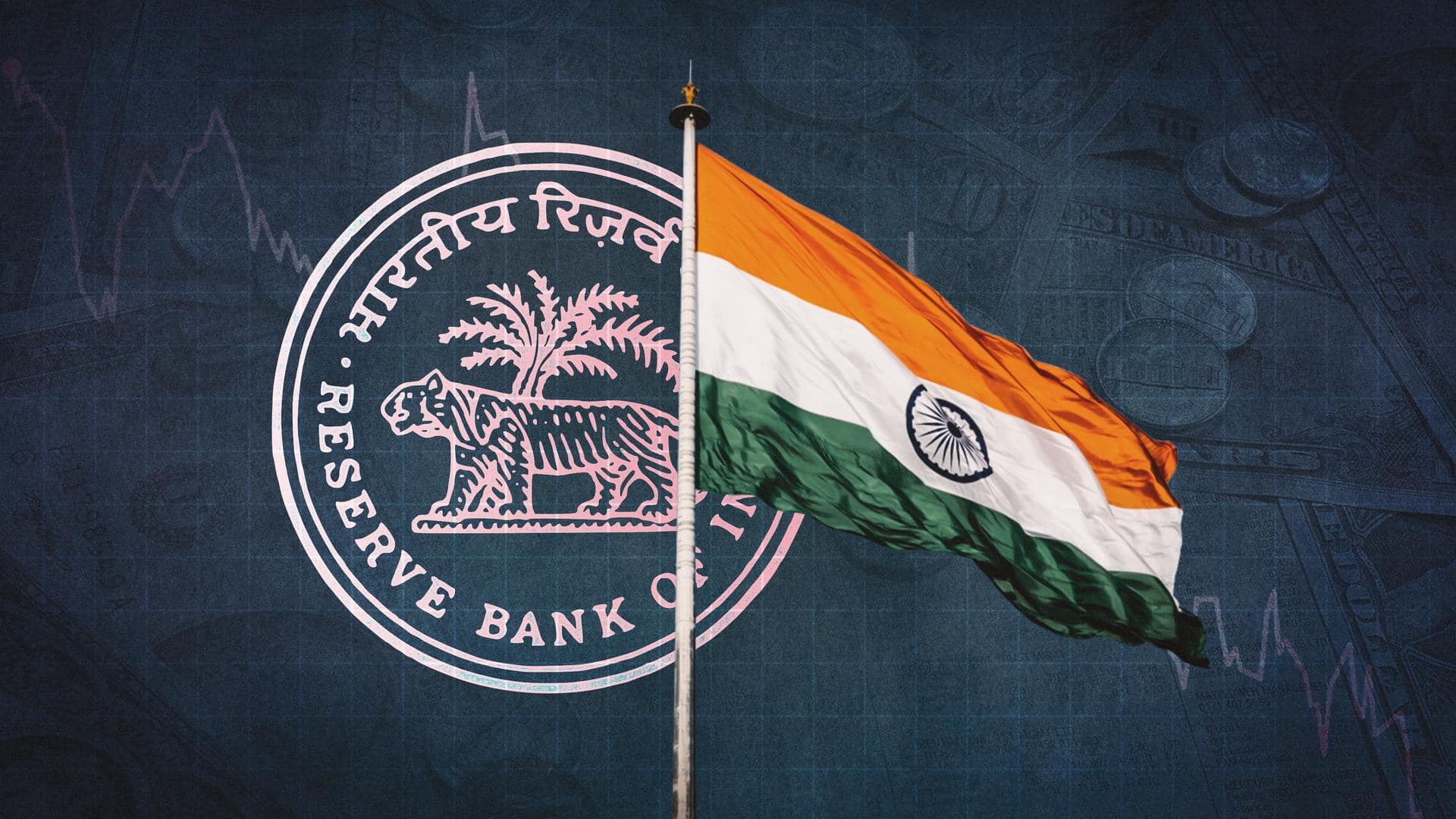
India's current account deficit shrinks sharply to 0.2% of GDP
What's the story
India's current account deficit (CAD) fell to $1.3 billion or 0.2% of the Gross Domestic Product (GDP) in the fourth quarter of the fiscal year 2022-23, per the Reserve Bank of India (RBI). The CAD was reportedly $13.4 billion (1.6% of GDP) a year ago. The sharp dip has been attributed to a moderation in the trade deficit and an increase in services exports.
Details
CAD drop owing to trade deficit reduction, services exports: RBI
The RBI's latest report said the sequential decline in CAD was mainly on account of a moderation in the trade deficit to $52.6 billion from $71.3 billion in the preceding quarter, coupled with robust services exports. Net services receipts increased, both sequentially and on a year-on-year basis, owing to an increase in net earnings from computer services.
Foreign exchange
Trade deficit increased by nearly $76 billion in one year
In the fourth quarter of 2021-22, there was a $5.6 billion addition to foreign exchange reserves (on a Balance of Payments basis) versus a $16.0 billion depletion in the previous quarter. The CAD was 2% of GDP in fiscal 2022-23, up from 1.2% in fiscal 2021-22, while the trade deficit climbed to $265.3 billion from $189.5 billion a year ago.
Facts
NRI deposits saw spike in last fiscal: Reports
According to reports, non-resident deposits recorded net inflows of $2.6 billion in the third quarter of FY 2022-23 as compared to net inflows of $1.3 billion in the year-ago period. India reportedly recorded a CAD of 2.7% of GDP during the April-December 2022 period as compared to a deficit of 1.1% during the April-December 2021 period.
About
What is Current Account Deficit or CAD
CAD is the difference between the money received from imports and the money spent on exports. If the value of goods and services imported exceeds the value of those exported, the country is regarded as being in deficit. Currently, the value includes net revenue (such as interest and dividends) and transfers (such as overseas aid).